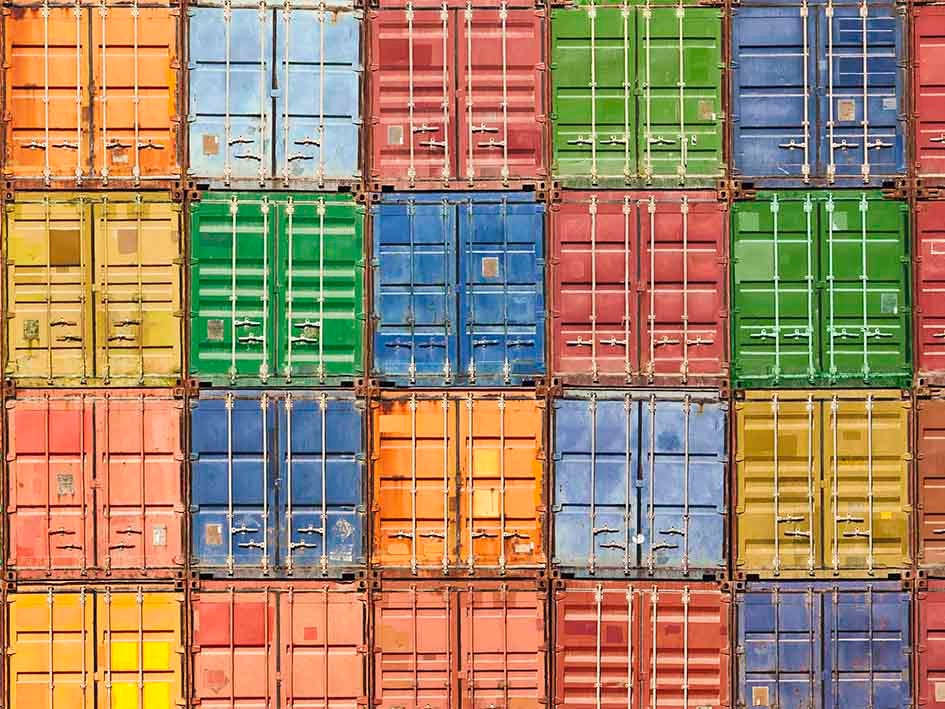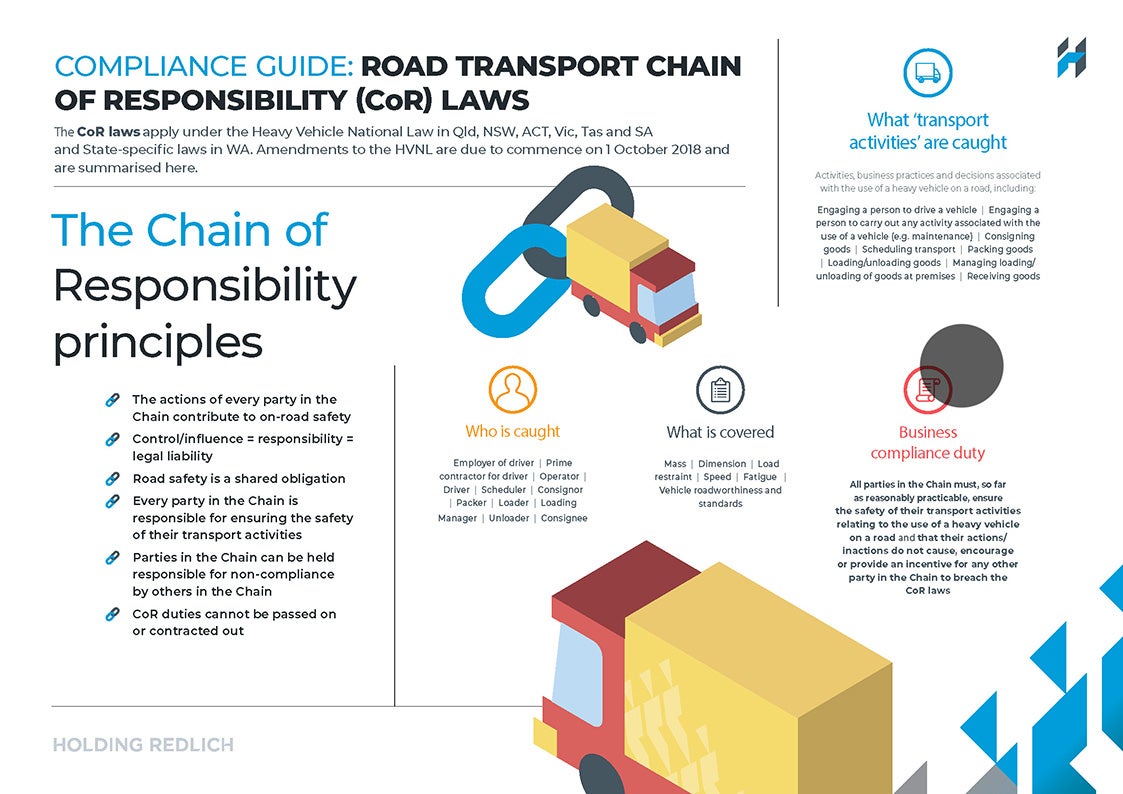24 July 2018
5 min read
#Transport, Shipping & Logistics
Published by:

Changes to the Heavy Vehicle National Law (HVNL) are due to ‘go live’ on 1 October 2018. For anyone who has been deaf to the ‘drum-beat’ of the last two years (or so), now is very much the time to not only start thinking about upgrading your compliance, but to actually start doing it.
Speaking objectively, there is really no excuse. The last two years have seen a quickening of awareness and activity around the impending changes. The National Heavy Vehicle Regulator (NHVR) has rolled out a significant awareness-raising campaign, across various sectors of the supply chain. It has made considerable resources available through its website. The NHVR’s caravan has been followed by various industry associations and consultants, all in an effort to raise awareness and offer assistance around understanding obligations and tailoring a compliance program to meet those obligations.
A joint effort of the Australian Logistics Council and Australian Trucking Association has produced a Master Code of practice to guide parties in devising compliance systems to meet the new laws.
At this stage, it is almost impossible to know how successful those efforts have been. Our experience tells us that several large Australian businesses have devoted considerable time and expense in upgrading their compliance in preparation for the new laws going live. Road-users, including heavy vehicle drivers, should be gratified to know that our roads are that much safer as a result of these initiatives.
We suspect the 80/20 Rule will apply - with around 20 per cent of relevant businesses being aware of and understanding the changes in the law and implementing properly targeted and responsive steps to prepare and 80 per cent of businesses misunderstanding or underestimating their enhanced Chain of Responsibility (CoR) obligations to a greater or lesser extent. That is, we very rarely come across businesses that are 100 per cent compliant. However, this split in itself is probably an improvement over the levels of compliance with ‘old CoR’.
If we were to single out two ‘challenged’ sectors, we would identify:
If we were to single out the three biggest missteps by business in dealing with their CoR obligations, we would identify:
The message that CoR is all about safety can sometimes be lost in the clutter of regulation and compliance. Perhaps a simple touchstone of effective compliance should be “will this improve safety?”
Significant changes to the Chain of Responsibility laws are set to commence on 1 October 2018. Our Transport team has devised a handy guide outlining who and what is covered by the laws, the key principles, and what businesses need to do to be compliant.

View the full guide here.
Authors: Geoff Farnsworth & Nathan Cecil
* This article first appeared in Australasian Transport News magazine: www.fullyloaded.com.au
Disclaimer
The information in this publication is of a general nature and is not intended to address the circumstances of any particular individual or entity. Although we endeavour to provide accurate and timely information, we do not guarantee that the information in this newsletter is accurate at the date it is received or that it will continue to be accurate in the future.
Published by: